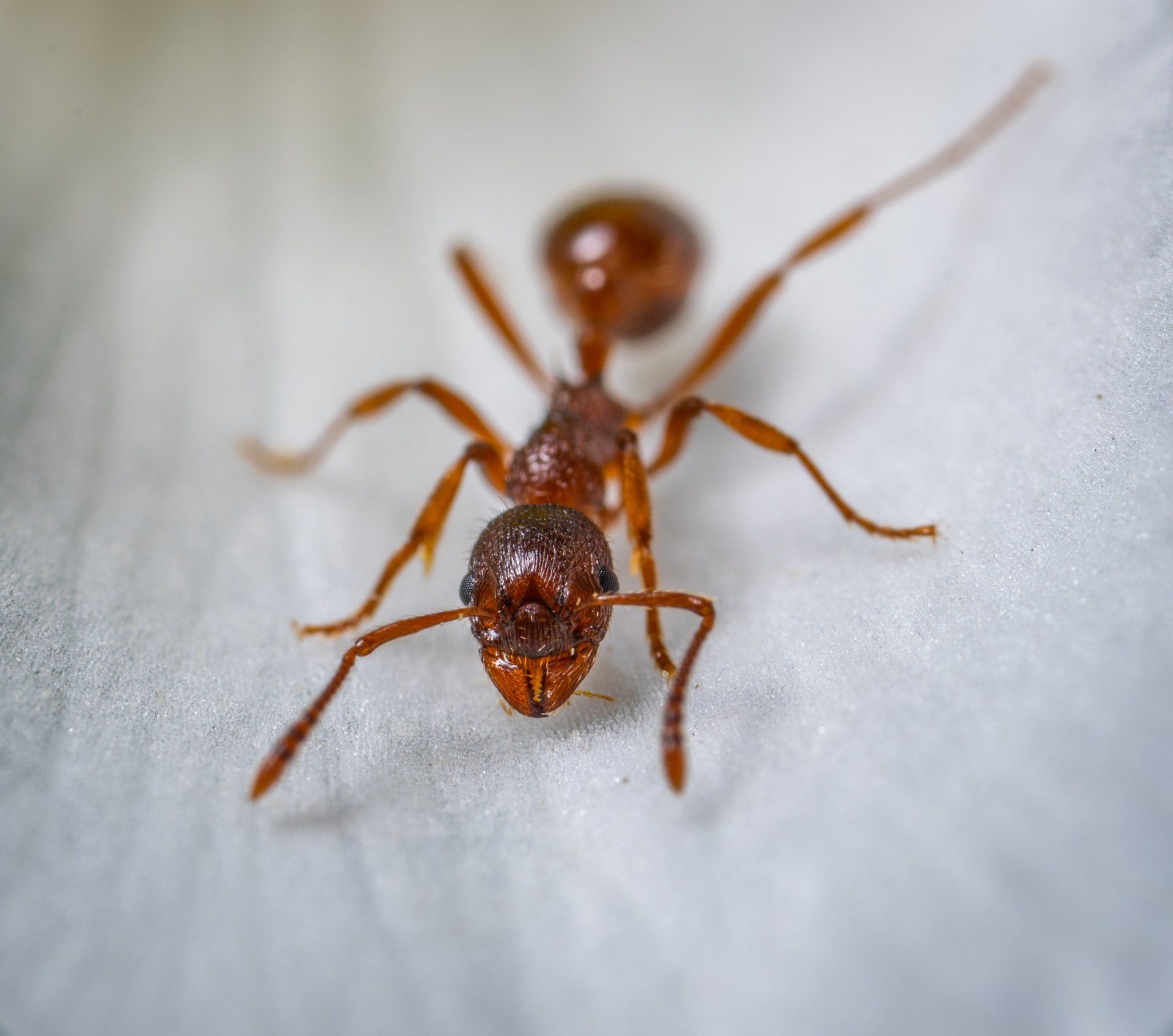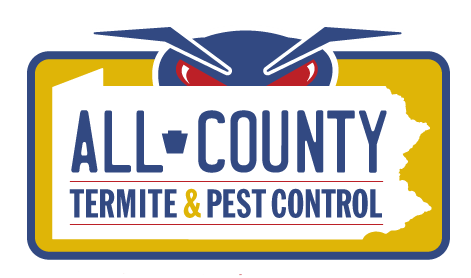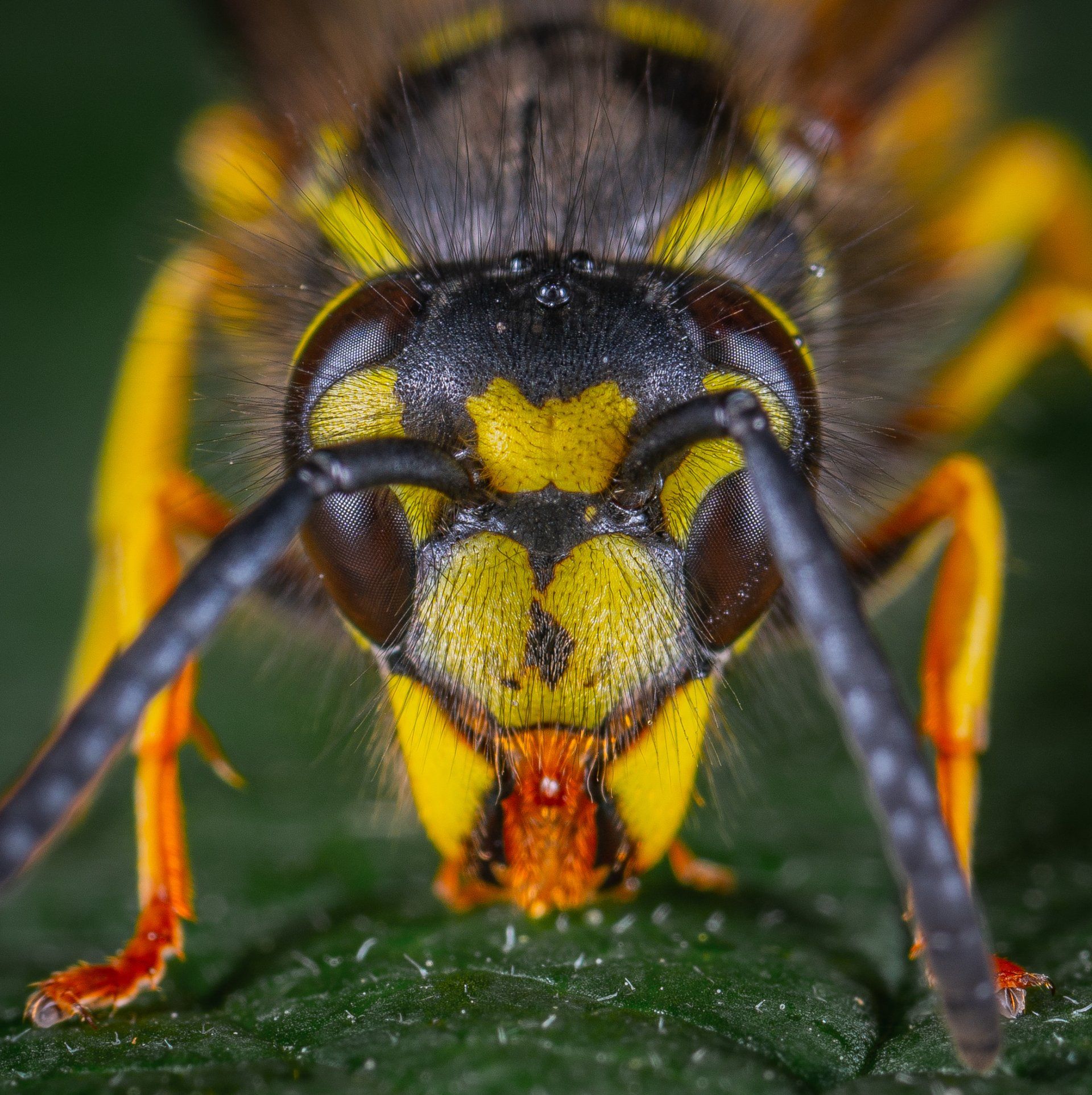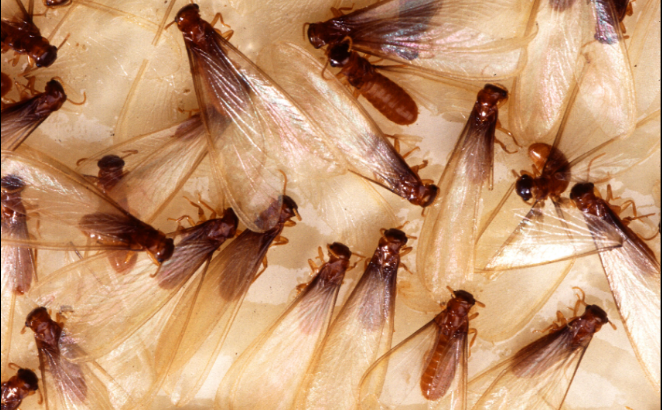The Ultimate Guide to Pest Control: How to Keep Your Home Pest-Free & Healthy
Is Your Home Pest-Free & Healthy?

The Ultimate Guide to Pest Control: How to Keep Your Home Pest-Free and Healthy
Are pests taking over your home and impacting your health? Don't worry, we've got you covered with the ultimate guide to pest control. In this comprehensive article, we'll show you how to keep your home pest-free and maintain a healthy living environment. Whether it's pesky ants, cockroaches, or even rodents, we'll provide you with effective tips and strategies to eliminate these unwanted invaders for good.
All County Termite & Pest Control is authoritative and reliable, ensuring that you receive accurate information and solutions that work. We understand the frustration and discomfort pests can bring, which is why we've compiled this guide to help you regain control of your home and protect your loved ones from the potential health risks associated with pests.
From preventive measures you can take to signs of an infestation and the best methods to eradicate pests, we'll cover it all. With our step-by-step guidance and expert advice, you'll be equipped with the knowledge and tools to create a pest-free environment that promotes a healthy and comfortable living space. Say goodbye to pests and hello to a pest-free home!
For a free quote click here.
The importance of pest control for a healthy home
A pest-free home is not only essential for your peace of mind but also for your health. Pests can carry diseases, contaminate food, and even cause structural damage to your property. By implementing effective pest control measures, you can prevent these issues and create a safe and healthy living environment for you and your family.
One of the primary reasons pest control is crucial is the health risks associated with pests. Some pests, such as mosquitoes and ticks, can transmit diseases like West Nile virus, Lyme disease, and Zika virus. Additionally, cockroaches and rodents can trigger allergies and asthma attacks, especially in children. By keeping pests at bay, you can significantly reduce the risk of these health problems.
Furthermore, pests can cause significant damage to your home. Termites, for example, can silently eat away at the wooden structures, weakening the foundation of your property. This can lead to expensive repairs and compromise the structural integrity of your home. By implementing pest control measures, you can safeguard your property and save yourself from costly repairs in the long run.
In summary, pest control is essential for maintaining a healthy home environment, protecting against disease transmission, preventing property damage, and ensuring the well-being of your loved ones.
Common household pests and the dangers they pose
Understanding the common household pests and the dangers they pose is the first step in effective pest control. Let's take a look at some of the most common pests you may encounter in your home and the risks they present.
1. Ants: While ants may seem harmless, they can contaminate food and cause structural damage by creating nests in walls and wooden structures.
2. Cockroaches: Cockroaches are not only unsightly but also carry bacteria, parasites, and allergens that can trigger asthma and allergies.
3. Rodents: Mice and rats are not only a nuisance but also carry diseases such as hantavirus, leptospirosis, and salmonellosis. They can also cause damage to electrical wiring and insulation.
4. Bed bugs: Bed bugs may not transmit diseases, but their bites can cause allergic reactions and lead to sleep disturbances.
5. Mosquitoes: Mosquitoes are known for transmitting diseases like West Nile virus, dengue fever, and malaria.
By identifying the specific pests in your home, you can tailor your pest control efforts to effectively eliminate them and reduce the risks they pose to your health and property.
Signs of a pest infestation in your home
Recognizing the signs of a pest infestation is crucial for early detection and effective pest control. Here are some common signs that indicate you may have a pest problem in your home:
1. Droppings: Finding droppings, whether it's small pellets or larger droppings, is a clear indication that pests are present. Different pests leave distinct droppings, so it's essential to identify the type of pest based on the droppings found.
2. Gnaw marks: Gnaw marks on furniture, walls, or electrical wires suggest the presence of rodents or other pests that chew on materials.
3. Unusual sounds: Hearing scratching, scurrying, or squeaking noises, especially at night, may indicate the presence of pests.
4. Damaged food packaging: If you find chewed or torn food packaging, it's likely that pests have infested your pantry or kitchen.
5. Visible pests: Spotting live pests, whether it's ants, termites, cockroaches, or mice, is a sure sign of an infestation.
If you notice any of these signs, it's important to take immediate action to prevent the infestation from spreading and causing further damage.
DIY pest control methods and prevention tips
Taking a proactive approach to pest control can help you prevent infestations and minimize the need for professional intervention. Here are some effective DIY pest control methods and prevention tips to keep your home pest-free:
1. Seal entry points: Inspect your home for any cracks, gaps, or holes that pests can use as entry points. Seal them with caulk or weatherstripping to prevent pests from infiltrating your home.
2. Keep a clean home: Regularly clean your home, paying special attention to areas where pests are likely to hide, such as the kitchen and bathroom. Wipe down surfaces, sweep, and vacuum regularly to eliminate food crumbs and potential nesting sites.
3. Store food properly: Keep food in airtight containers to prevent pests from accessing it. Avoid leaving food out overnight, and promptly clean up any spills or crumbs.
4. Remove standing water: Mosquitoes breed in standing water, so regularly inspect your property for sources of stagnant water and eliminate them. Empty flower pots, birdbaths, and gutters to prevent water accumulation.
5. Trim vegetation: Trim bushes, trees, and branches that come into contact with your home. This prevents pests from using them as bridges to enter your property.
By implementing these DIY pest control methods and prevention tips, you can significantly reduce the risk of pest infestations and maintain a pest-free home.
Hiring a professional pest control service
While DIY methods can be effective for minor pest problems, severe infestations may require professional intervention. Hiring a professional pest control service such as All County Termite & Pest Control can provide several benefits:
1. Expertise and experience: Pest control professionals have the knowledge and experience to identify the specific pests infesting your home and implement effective treatment methods.
2. Targeted solutions: Professionals can customize their treatments based on the type of pests and the severity of the infestation, ensuring long-lasting results.
3. Safe and effective products: Pest control professionals have access to professional-grade, safe, and effective products that are not readily available to consumers.
4. Preventive measures: Professionals can provide recommendations and implement preventive measures to minimize the risk of future infestations.
When hiring a professional pest control service, ensure they are licensed, insured, and reputable. Reading reviews and asking for recommendations from friends and family can help you find a reliable service provider. All County Termite & Pest Control offers free quotes by calling 717-940-9029, or you can
contact us here.
Natural and eco-friendly pest control options
If you prefer to use natural and eco-friendly methods to control pests, there are several options available. These methods are safe for your family and the environment while still effectively eliminating pests. Here are a few natural and eco-friendly pest control options:
1. Essential oils: Certain essential oils, such as peppermint, lavender, and tea tree oil, have insect-repellent properties. You can create DIY sprays by diluting these oils with water and spraying them in areas prone to pests.
2. Diatomaceous earth: Diatomaceous earth is a natural powder made from fossilized remains of diatoms. It is effective against crawling insects like ants, cockroaches, and fleas. Sprinkle diatomaceous earth in areas where pests are present or likely to enter, such as along baseboards and in cracks and crevices.
3. Biological control: Introducing natural predators of pests can help control their populations. For example, ladybugs feed on aphids, while nematodes can target and kill soil-dwelling pests.
4. Homemade traps: You can create homemade traps using common household items to capture pests. For example, a mixture of sugar and borax can be used to attract and eliminate ants.
Natural and eco-friendly pest control methods may require more frequent applications and may not be as potent as chemical treatments. However, they provide a safer alternative for households with children, pets, or individuals with sensitivities to chemicals.
Maintaining a pest-free home long-term
Achieving a pest-free home is just the first step. To maintain a pest-free environment in the long term, it's important to follow these preventive measures:
1. Regular inspections: Conduct regular inspections to identify any signs of pests or vulnerabilities that may lead to infestations.
2. Practice cleanliness: Maintain a clean and clutter-free home to eliminate food sources and hiding places for pests.
3. Monitor outdoor areas: Keep an eye on your outdoor areas, such as the garden or backyard, for signs of pests and promptly address any issues.
4. Educate yourself: Stay informed about common pests in your area and their habits to better understand how to prevent infestations.
5. Seek professional advice: If you encounter persistent pest problems or are unsure how to address a specific issue, consult with All County Termite & Pest Control for expert guidance.
By consistently implementing these practices, you can create a long-term pest-free environment that promotes a healthy and comfortable living space for you and your family.
Conclusion and final tips for pest prevention
In conclusion, pest control is essential for maintaining a healthy home environment and protecting against the potential health risks and property damage caused by pests. By following the tips and strategies outlined in this guide, you can effectively eliminate pests from your home and prevent future infestations.
Remember, early detection is key, so stay vigilant for signs of pests and take immediate action when necessary. Whether you choose DIY methods, hire a professional pest control service, or opt for natural and eco-friendly options, the ultimate goal is to create a pest-free home that promotes a healthy and comfortable living environment for you and your loved ones.
Say goodbye to pests and hello to a pest-free home!
Disclaimer: The information provided in this article is for informational purposes only and should not be considered as professional advice. Always consult with a qualified pest control professional for specific recommendations and treatments tailored to your situation.

Welcome to the All County Blog





